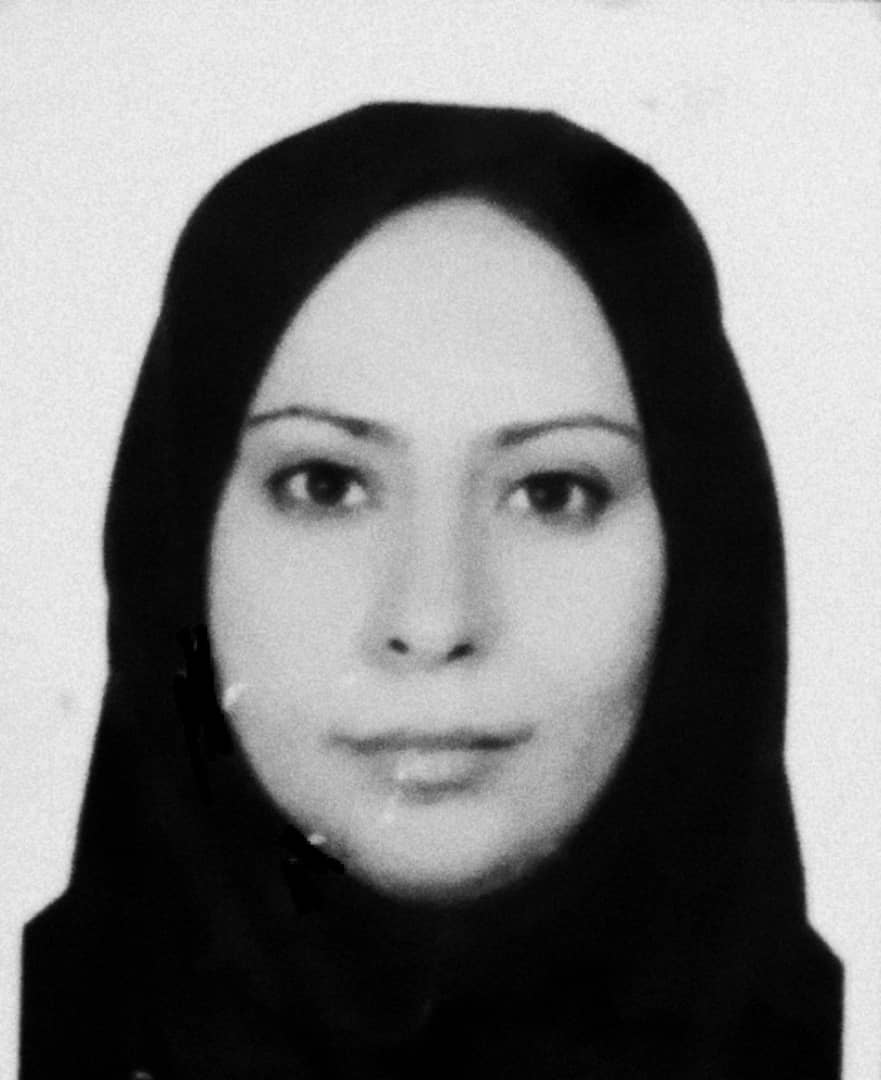Contrastive Analysis of Image Schemas in Hafiz and Sohrab Sepehri's Poems
H Ameri, Sar Keshik Zadeh Mohaghegh, Sar Keshik Zadeh SMM, Zahra Abolhassani Chimeh
Journal PapersLanguage Related Research , Volume 10 , Issue 2, 2019 June 15, {Pages 201-223 }
